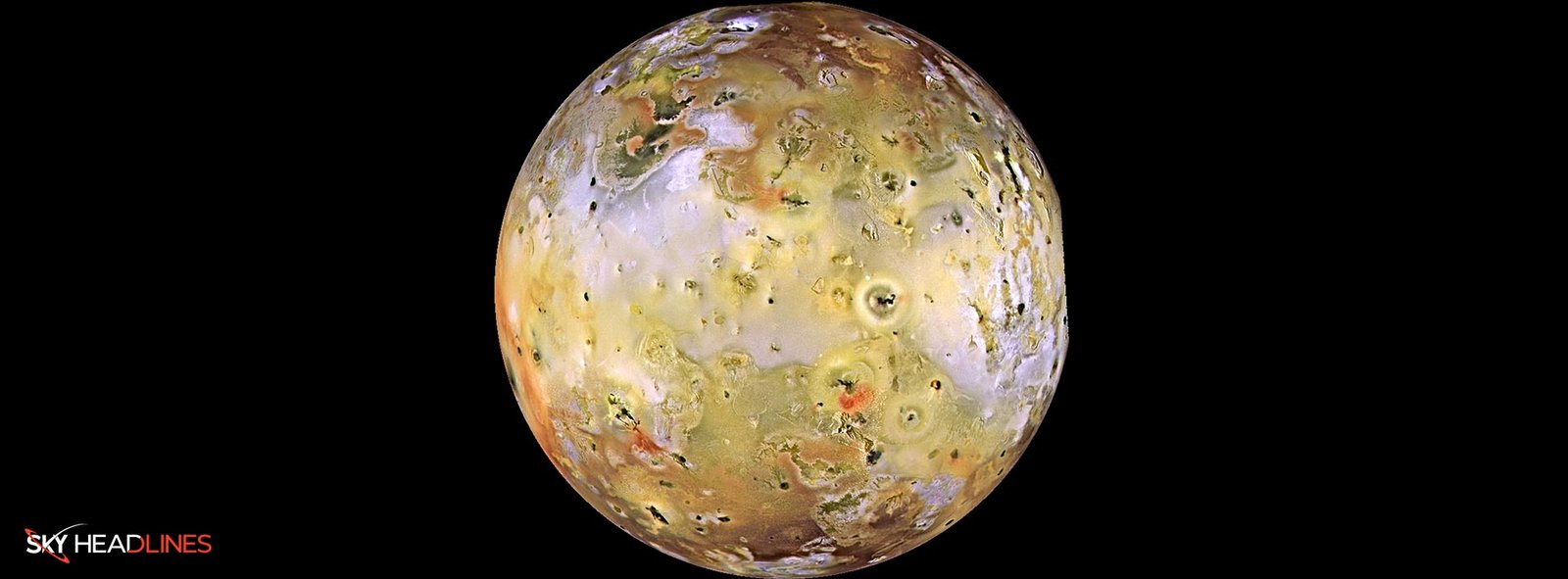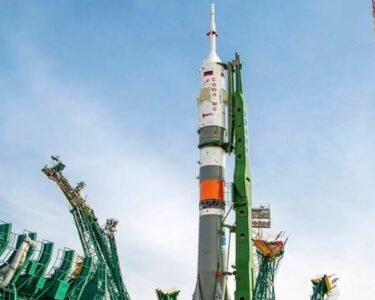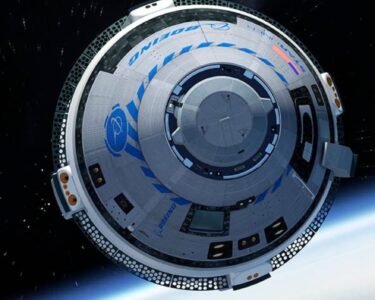Jupiter’s Volcanic Moon Io, is set for a historic close encounter with NASA’s Juno Spacecraft. The orbiter designed to study gas giants has traveled more than 510 million miles and has observed three of Jupiter’s four largest moons up close.
When is NASA’s Juno spacecraft scheduled to pass by Io and Jupiter?
On Tuesday, May 16, NASA’s Juno spacecraft will pass by Io, Jupiter’s volcanic moon, and then shortly after, it will fly by the gas giant itself. The upcoming flyby of the Jovian moon will be the closest one so far. The spacecraft will be at an altitude of approximately 22,060 miles (35,500 kilometers). The spacecraft, which is powered by solar energy, is currently in its third year of an extended mission to study the interior of Jupiter. Additionally, it will investigate the ring system where some of the gas giant’s inner moons are located.
Which Galilean moons have Juno gathered information from during its close encounters?
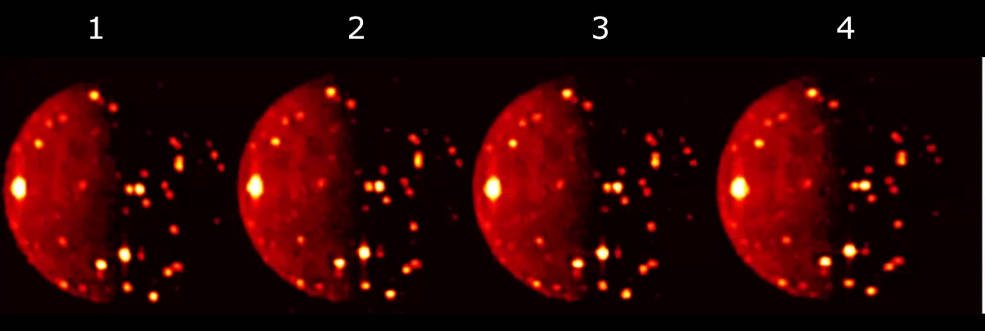
Juno Spacecraft has conducted 50 flybys of Jupiter and gathered information during close encounters with three of the four Galilean moons, namely Europa, Ganymede, and Io. Europa and Ganymede are icy worlds, while Io is fiery.
Scott Bolton:
Scott Bolton, who is the principal investigator of Juno Spacecraft from the Southwest Research Institute in San Antonio, stated that Io is the most volcanic celestial body known in our solar system. By observing the volcanoes repeatedly over a period of time, we can monitor their variations such as frequency of eruption, intensity of heat and brightness, whether they are connected to a group or not, and any changes in the shape of the lava flow.
What effect does Jupiter’s gravitational pull have on Io?
Io is a celestial body that is slightly bigger than Earth’s moon. It is constantly experiencing turmoil. The largest planet in our solar system exerts a gravitational pull on everything around it, including its two largest moons, Europa and Ganymede. Io experiences continuous stretching and squeezing, which is responsible for the creation of lava seen erupting from its numerous volcanoes.
What is the purpose of the Juno spacecraft and how does JunoCam contribute to the study of Io’s volcanoes?
Juno Spacecraft was created with the purpose of examining Jupiter, but its numerous sensors have also gathered a significant amount of information about the planet’s moons. The spacecraft has several instruments, including JunoCam, JIRAM, SRU, and MWR. These instruments will study Io’s volcanoes and how they interact with Jupiter’s magnetosphere and auroras.
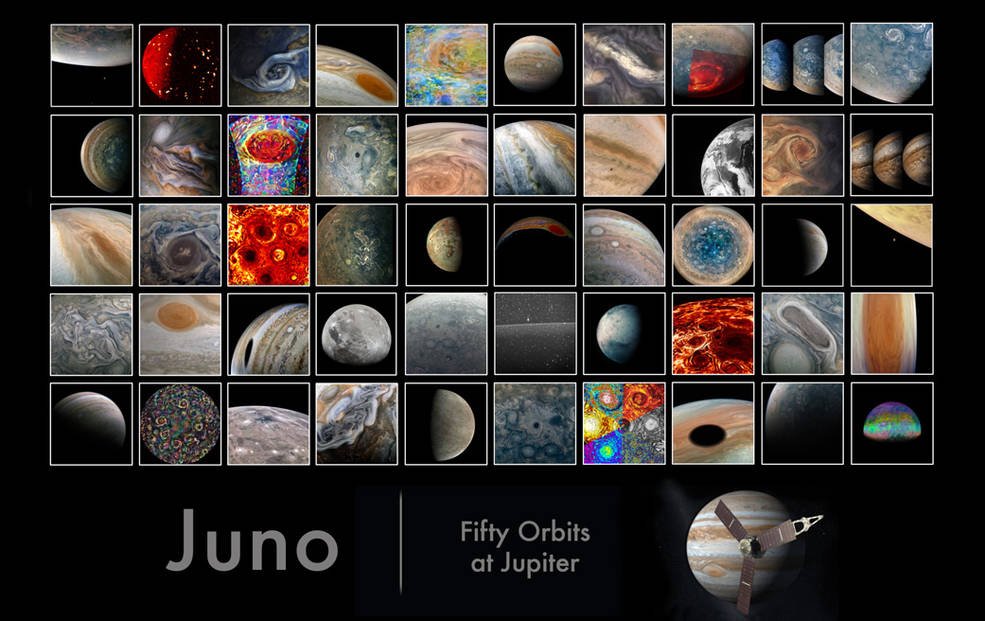
How close will Juno Spacecraft get to Io’s surface during the flybys?
We are now approaching an exciting phase of Juno’s mission as we move closer to Io with each orbit. Bolton stated that the 51st orbit will offer us the best opportunity to observe this heavily damaged moon up close. In July and October, we will have flybys that will bring us closer. These will lead up to twin flyby encounters with Io in December and February. During these encounters, we will fly within 1,500 kilometers of its surface. Each of these flybys is offering stunning glimpses of the volcanic eruptions on this extraordinary moon. The information ought to be impressive.
A period of fifty years spent at Jupiter:
Juno Spacecraft has flown close to Jupiter’s cloud tops during its flybys, reaching a distance of approximately 2,100 miles (3,400 kilometers). During these flybys, the spacecraft approaches Jupiter from over the north pole and exits over the south. Its instruments are used to study Jupiter’s interior, auroras, structure, atmosphere, and magnetosphere by probing beneath the obscuring cloud cover. This helps in learning more about the planet’s origins.
How long has the spacecraft Juno been in orbit around Jupiter?
The Juno Spacecraft has completed more than 2,505 Earth days in orbit around Jupiter and has traveled over 510 million miles (820 million kilometers). On July 4, 2016, the spacecraft successfully reached Jupiter. The spacecraft had its first science flyby 53 days after its launch. It maintained that same orbital period until it flew by Ganymede on June 7, 2021. This caused its orbital period to decrease to 43 days. On September 29, 2022, the Europa flyby caused a reduction in the orbital period to 38 days. Following the upcoming Io flybys on May 16 and July 31, Juno’s orbital period will remain constant at 32 days.
Matthew Johnson:
Matthew Johnson, the acting project manager of NASA’s Jet Propulsion Laboratory in Southern California, stated that Juno Spacecraft is examining several celestial bodies during its extended mission, and Io is one of them. In addition to adjusting our orbit to obtain fresh views of Jupiter and flying at a low altitude over the planet’s dark side, our spacecraft will also navigate through some of Jupiter’s rings to gain insights into their composition and how they were formed.


